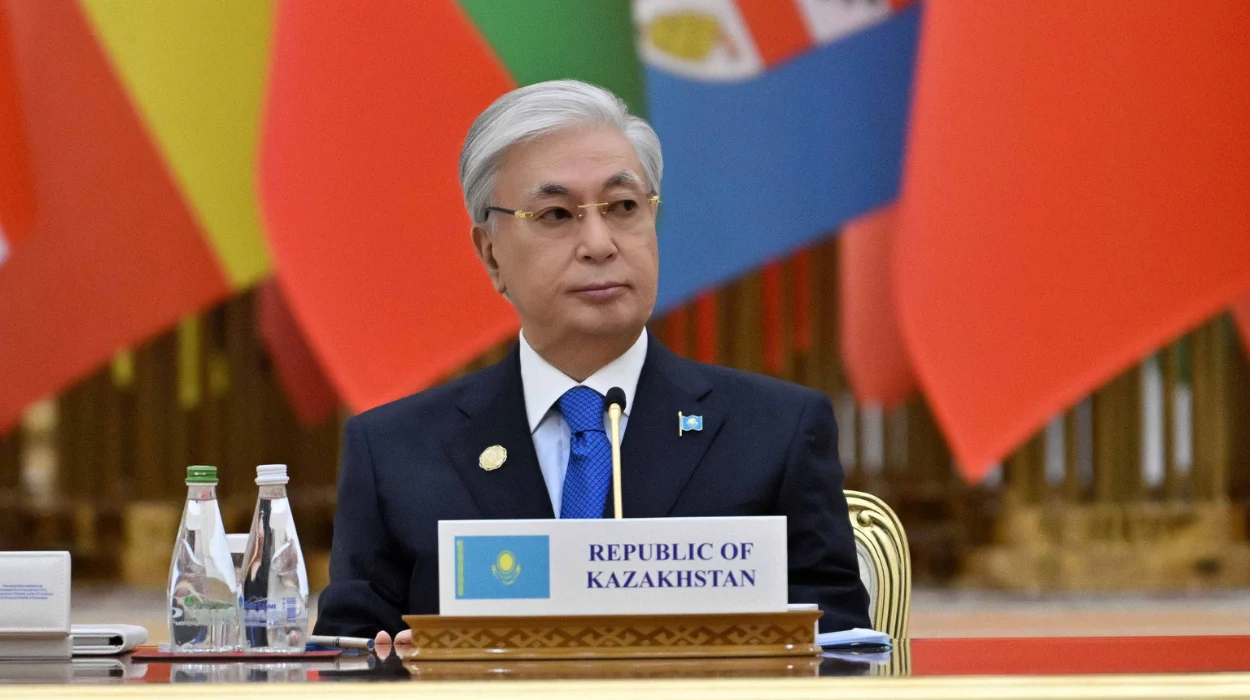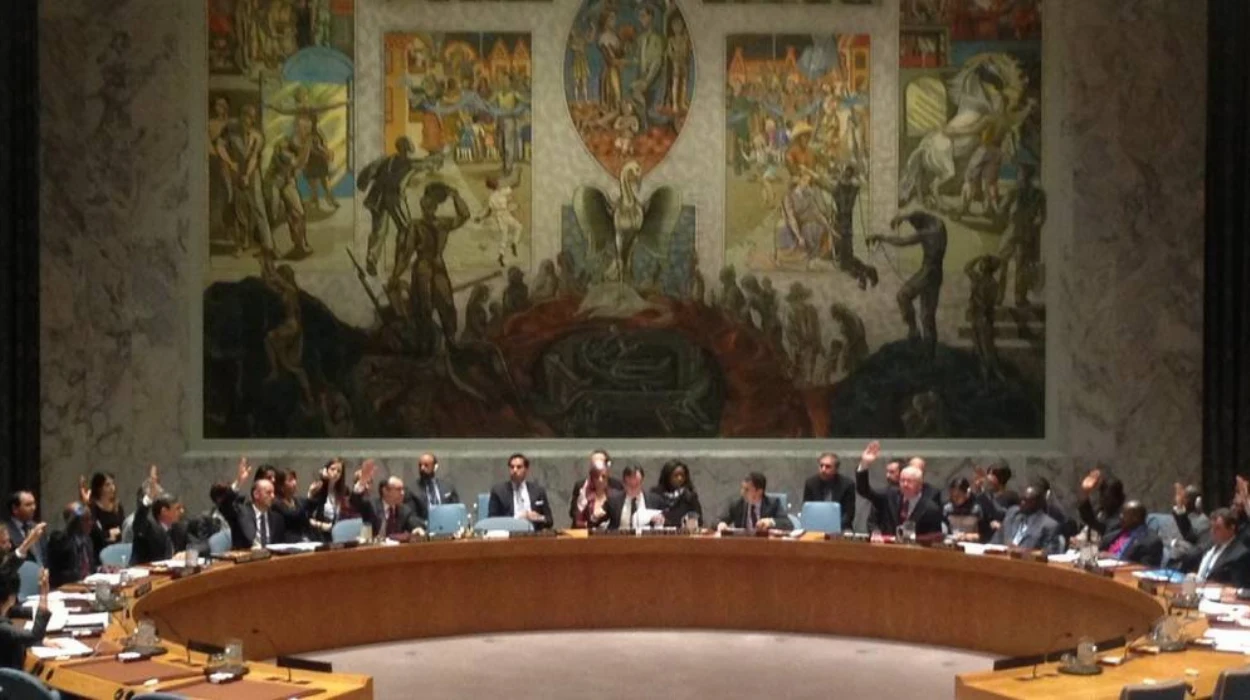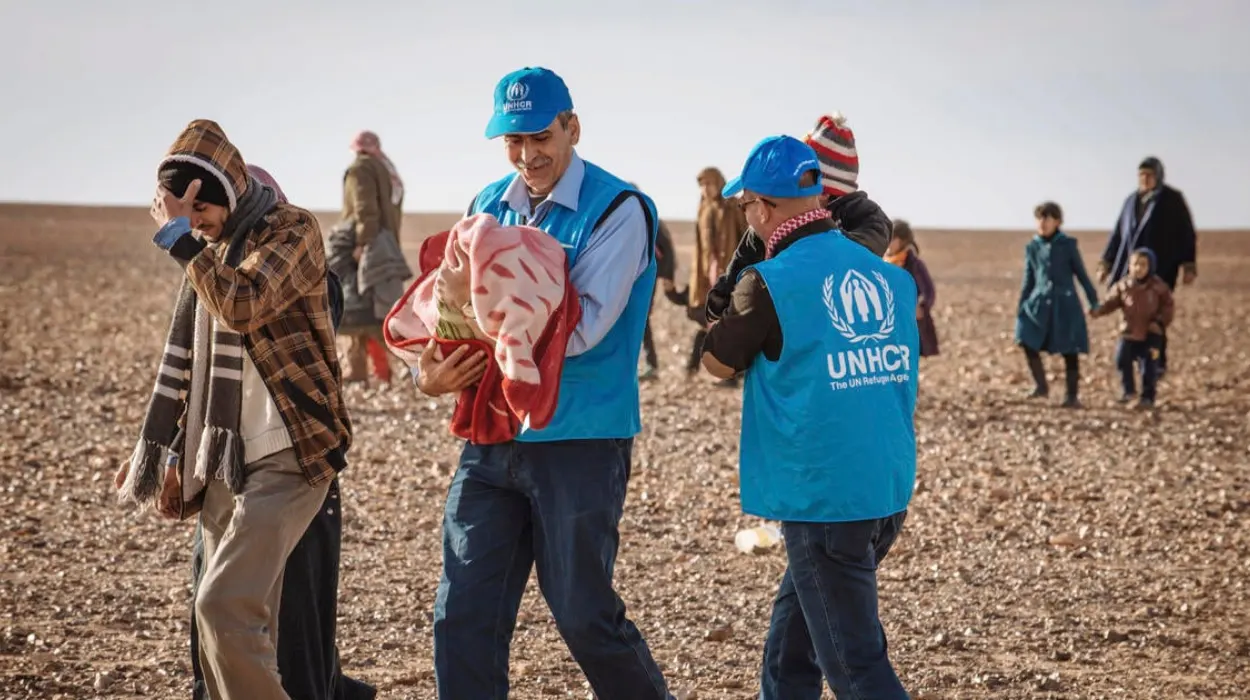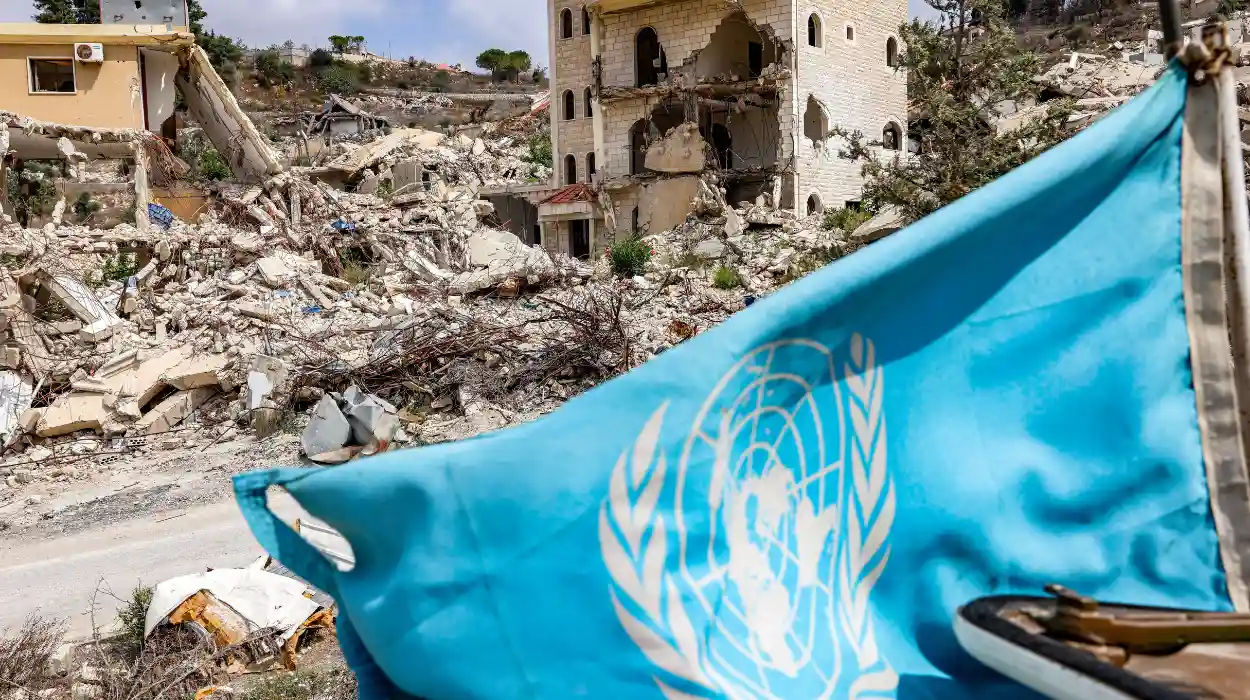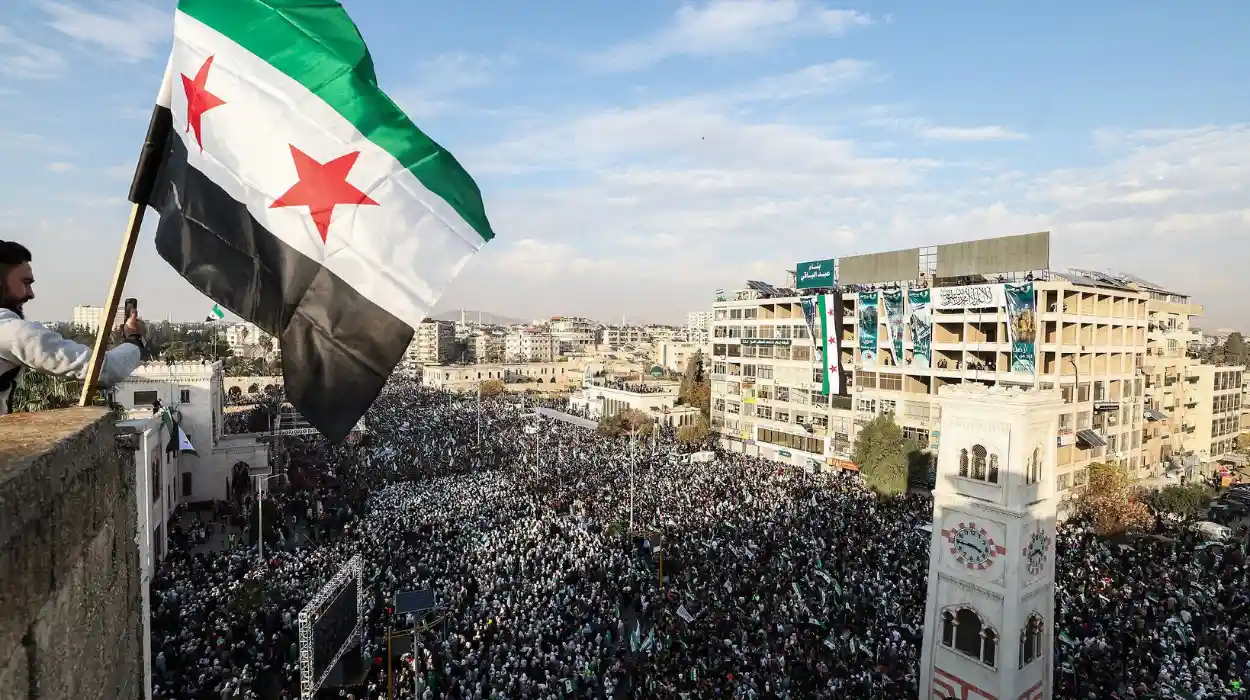The ongoing humanitarian crisis in Gaza has reached unprecedented levels of severity, compounded by the complex political and military context. The United Nations Relief and Works Agency for Palestine Refugees (UNRWA), under the leadership of Commissioner General Philippe Lazzarini, has issued a scathing denunciation of the Gaza Humanitarian Foundation (GHF), a U.S.- and Israeli-backed aid initiative. This analysis explores the multifaceted dimensions of this crisis, focusing on UNRWA’s criticisms, the humanitarian statistics, eyewitness accounts, aid delivery challenges, and the broader political context.
UNRWA’s denunciation of the Gaza humanitarian foundation (GHF)
Philippe Lazzarini has characterized the GHF as “an abomination” and “a death trap costing more lives than it saves,” sharply criticizing the U.S.-Israeli aid model in Gaza. His condemnation follows reports from the Hamas-run Gaza Ministry of Health that 79 Palestinians were killed in the previous 24 hours, with 51 deaths occurring near GHF sites. Lazzarini emphasized the erosion of humanitarian principles, stating, “Humanitarian principles must be reinstated. The humanitarian community, including UNRWA, has the expertise and must be allowed to do their jobs and provide assistance with respect and dignity” (UNRWA Situation Report #176).
He further highlighted the dire conditions in Gaza: “A confined and captive population is bombarded, besieged and constantly displaced. More than 55,000 people are reported killed, most of them women and children. Two million people are being starved, among them 1 million children. No place is safe in Gaza, and no one is spared.” This statement underscores the catastrophic human toll and the scale of the crisis facing Gaza’s population.
The GHF, however, has rebutted these allegations, denying any violent incidents linked to its convoys or distribution sites and dismissing the Gaza Health Ministry as “not a credible source of information.” Israel and the United States defend the GHF system, arguing it is necessary to prevent Hamas from siphoning off aid, a claim denied by Hamas. The GHF is staffed by private, well-armed American security contractors, and its funding and management remain opaque since its launch in mid-May 2025 (BBC News).
Humanitarian crisis and casualty figures in Gaza
The humanitarian situation in Gaza is catastrophic. According to UNRWA and the Gaza Ministry of Health, over 55,637 Palestinians have been killed between October 7, 2023, and June 18, 2025, with a significant proportion being women and children (UNRWA Situation Report #176). The Ministry of Health reported 79 deaths in one day, with 51 near GHF aid sites, highlighting the dangers civilians face even when seeking humanitarian assistance.
Starvation is widespread, with over 2 million people in Gaza facing hunger, including 1 million children (WHO, May 2025). Since the Israeli blockade began on March 2, 2025, 57 children have reportedly died from malnutrition, and projections estimate nearly 71,000 children under five will be acutely malnourished in the next eleven months. Food prices have soared, with wheat flour prices increasing by over 3,000% between March and May 2025 (ACAPS, June 2025).
The blockade and hostilities have resulted in 93% of Gaza’s population facing Crisis (IPC Phase 3) food insecurity or worse, with over half in Emergency (IPC Phase 4) and 22% in Catastrophe (IPC Phase 5) levels of food insecurity. Medical infrastructure is overwhelmed; 400 health clinics have closed recently, and many displaced people seek refuge in destroyed UNRWA schools converted into shelters.
Since October 2023, nearly 300 UNRWA staff members have been killed, reflecting the perilous conditions faced by humanitarian workers. Gaza’s population of approximately 2.2 million lives in severe overcrowding, with limited access to clean water, sanitation, and hygiene, contributing to outbreaks of infectious diseases (CARE, June 2025). Immunization campaigns have been disrupted; notably, the first polio case in 25 years was reported in July 2024.
Eyewitness and victim accounts near aid distribution sites
Eyewitness testimonies from Gaza’s Nasser Hospital reveal the desperation driving civilians to risk approaching aid distribution points despite the danger. One man lamented, “Youngsters who are barely 17 are dying in vain, just to get some hummus or a bag of flour to feed their families. The Israeli army lies in wait to kill them… This American charity is a trap of those youngsters.” Medical staff report increasing numbers of patients with severe trauma wounds sustained near GHF distribution sites.
Since the GHF’s launch on May 27, 2025, over 100 people have been killed at aid distribution points due to Israeli Defense Forces shootings (ACAPS, June 2025). These tragic incidents illustrate the lethal risks civilians face in accessing humanitarian aid under the current distribution model.
Aid deliveries and restrictions
Despite the dire need, aid deliveries face significant obstacles. On June 23, 2025, 79 trucks carrying food and medical supplies entered Gaza, including over half a million pounds of baby food coordinated by COGAT, the Israeli Defense Ministry agency responsible for coordinating operations in Palestinian territories. The U.S.-based World Central Kitchen nonprofit also reported a limited number of aid trucks entering Gaza.
However, many planned aid convoys have been denied or impeded. Between May 1 and 13, 2025, of 109 planned aid movements coordinated with Israeli authorities, 69 were denied, 5 impeded, and only 32 facilitated (UNRWA Situation Report #172). Israeli airstrikes have targeted humanitarian operations, including bakeries and community kitchens, exacerbating food shortages.
UNRWA’s operational challenges and political context
UNRWA has historically provided essential services—education, healthcare, humanitarian relief, and social services—to hundreds of thousands of Palestinian refugees. However, the agency faces mounting political and operational challenges. Israeli authorities have accused UNRWA of links to terrorism, banning its operations in the Occupied Palestinian Territories as of January 2025. A dozen UNRWA staff in Gaza were accused of complicity in the Hamas-orchestrated October 7, 2023 attack. Following a UN internal investigation, UNRWA fired nine staff members but emphasized its commitment to continuing lifesaving services.
UNRWA maintains that Israel has not provided evidence for these accusations, a position supported by an independent UN review. Nevertheless, the U.S. government temporarily paused funding for UNRWA amid these allegations, with President Trump ending American support indefinitely earlier in 2025 (BBC News).
The agency’s financial situation is dire. Lazzarini explained, “Cash flow is managed now on a weekly basis instead of monthly let alone yearly. Without additional funding, I will soon have to take unprecedented decisions affecting our services to Palestine Refugees across the region.” He stressed the need for a genuine, time-bound political process that would allow UNRWA’s services to transition to a functioning Palestinian state. Without this, the loss or reduction of UNRWA’s services will deepen suffering and could spark unrest in neighboring countries.
The humanitarian crisis in Gaza is one of the most severe in recent history, with millions facing starvation, displacement, and violence. UNRWA’s denunciation of the U.S.-Israeli Gaza Humanitarian Foundation highlights critical concerns about the safety, dignity, and effectiveness of current aid distribution models. The agency’s call for the reinstatement of humanitarian principles and the restoration of UNRWA’s central role in aid delivery reflects a broader demand for impartial, safe, and large-scale humanitarian assistance.
The political complexities—marked by accusations against UNRWA staff, funding suspensions, and the militarization of aid—compound the challenges of addressing the crisis. Eyewitness accounts and casualty statistics underscore the urgent need for a coordinated, principled response that prioritizes civilian protection and humanitarian access over political agendas.
Without immediate and substantial changes, the humanitarian situation in Gaza risks further deterioration, with devastating consequences for millions of vulnerable people.


